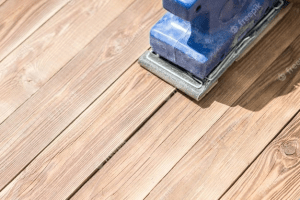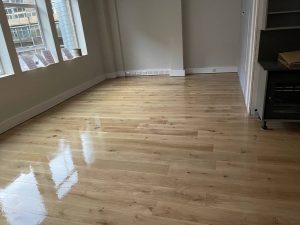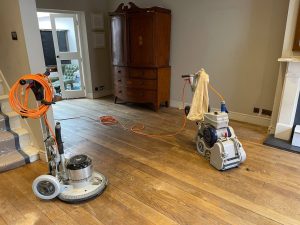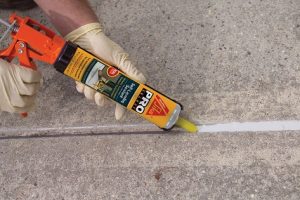How to Choose the Right Sandpaper for Floor Sanding

Ensure a Smooth and Professional Finish for Your London Home
Introduction
Choosing the right sandpaper is crucial for achieving a smooth and professional finish when sanding your wooden floors. With various grits and types available, it can be challenging to know which one to use. In this guide, we’ll help you understand how to choose the right sandpaper for floor sanding, ensuring the best results for your London home.
Understanding Sandpaper Grit
Sandpaper grit refers to the size of the abrasive particles on the sandpaper. The grit number indicates the coarseness of the sandpaper, with lower numbers being coarser and higher numbers being finer. Here’s a breakdown of common grit levels and their uses:
- Coarse Grit (24-40): Used for heavy sanding and stripping old finishes. Ideal for the initial stages of floor sanding.
- Medium Grit (60-80): Used for removing scratches and smoothing out the surface after using coarse grit.
- Fine Grit (100-120): Used for the final sanding pass to achieve a smooth and even surface, preparing the floor for finishing.
Choosing the Right Sandpaper for Different Stages

Each stage of floor sanding requires a different grit level to achieve the desired results:
- Initial Sanding: Start with a coarse grit (24-36) to remove old finishes, deep scratches, and imperfections. This grit level will strip away the top layers of the wood.
- Intermediate Sanding: Move to a medium grit (60-80) to smooth out the surface and remove any remaining scratches from the coarse sanding stage. This step prepares the floor for the final sanding.
- Final Sanding: Finish with a fine grit (100-120) to achieve a smooth and even surface. This grit level ensures the floor is ready for staining or sealing.
Types of Sandpaper
Different types of sandpaper are available, each suited to specific tasks and materials:
- Aluminium Oxide: Durable and long-lasting, ideal for sanding wood. It’s a common choice for floor sanding due to its ability to self-sharpen.
- Zirconia Alumina: More durable than aluminium oxide, suitable for heavy sanding and stripping tasks. It’s great for initial sanding stages.
- Garnet: Provides a smoother finish and is best used for fine sanding. It’s ideal for the final sanding stage before finishing.
- Silicon Carbide: Very sharp and suitable for sanding between coats of finish. It’s also used for sanding non-wood materials.
Tips for Choosing the Right Sandpaper
To ensure you choose the right sandpaper for your floor sanding project, consider the following tips:
- Assess the Floor Condition: Examine the condition of your floor to determine the starting grit. For heavily damaged floors, start with a coarser grit.
- Test a Small Area: Before sanding the entire floor, test the sandpaper on a small area to ensure it’s suitable for your wood type and condition.
- Use Quality Sandpaper: Invest in high-quality sandpaper to achieve better results and reduce the need for frequent replacements.
- Follow the Grit Sequence: Don’t skip grits when sanding. Following the proper sequence ensures a smooth and even finish.







Floor sanding and renovation and installation services in Greenwich
Greenwich: A Historic Gem of London Greenwich is one of London’s most historic and picturesque[Read more...]
Gallery 07 – Pine floor board
[Read more...]
Gallery 03 – Cork tile wood
[Read more...]
Sep
The Benefits of Floor Sanding for Open House Showings
London Property Tips Home About Contact The Benefits of Floor Sanding for Open House[Read more...]
Gallery 06 – Pine floor board
[Read more...]
Sep
The Best Floor Sanding Practices for Older Homes
The Best Floor Sanding Practices for Older Homes Older homes in London often feature beautiful[Read more...]
The Best Floor Sanding Practices for Allergy Sufferers
The Best Floor Sanding Practices for Allergy Sufferers For allergy sufferers, maintaining a clean[Read more...]
Buffing and one coat finish
[Read more...]
The Benefits of Refinishing Over Replacing Your Floors
The Benefits of Refinishing Over Replacing Your Floors Why refinishing is a cost-effective[Read more...]
How to Handle Floor Stains from Spills and Accidents
How to Handle Floor Stains from Spills and Accidents Spills and accidents are inevitable,[Read more...]